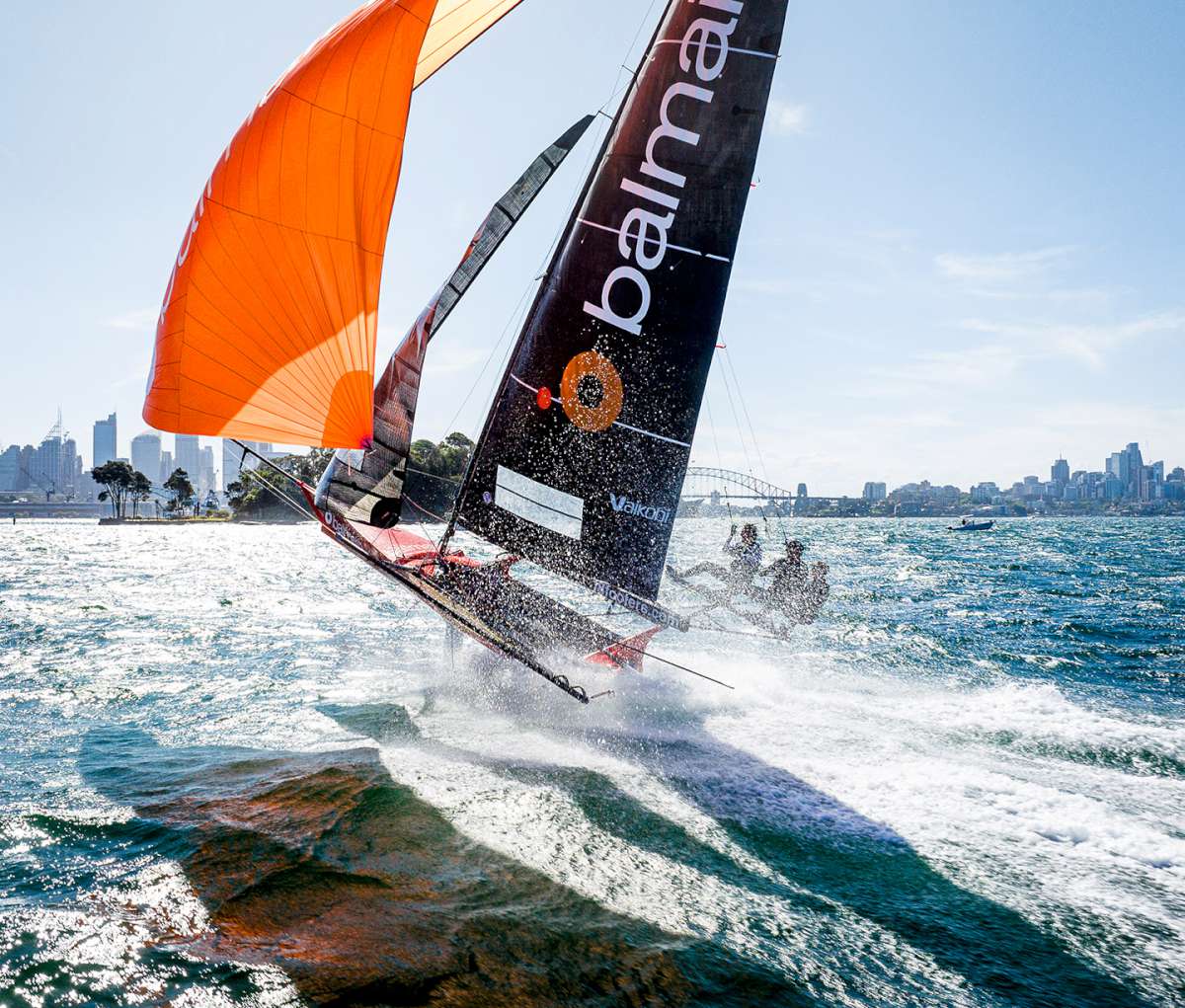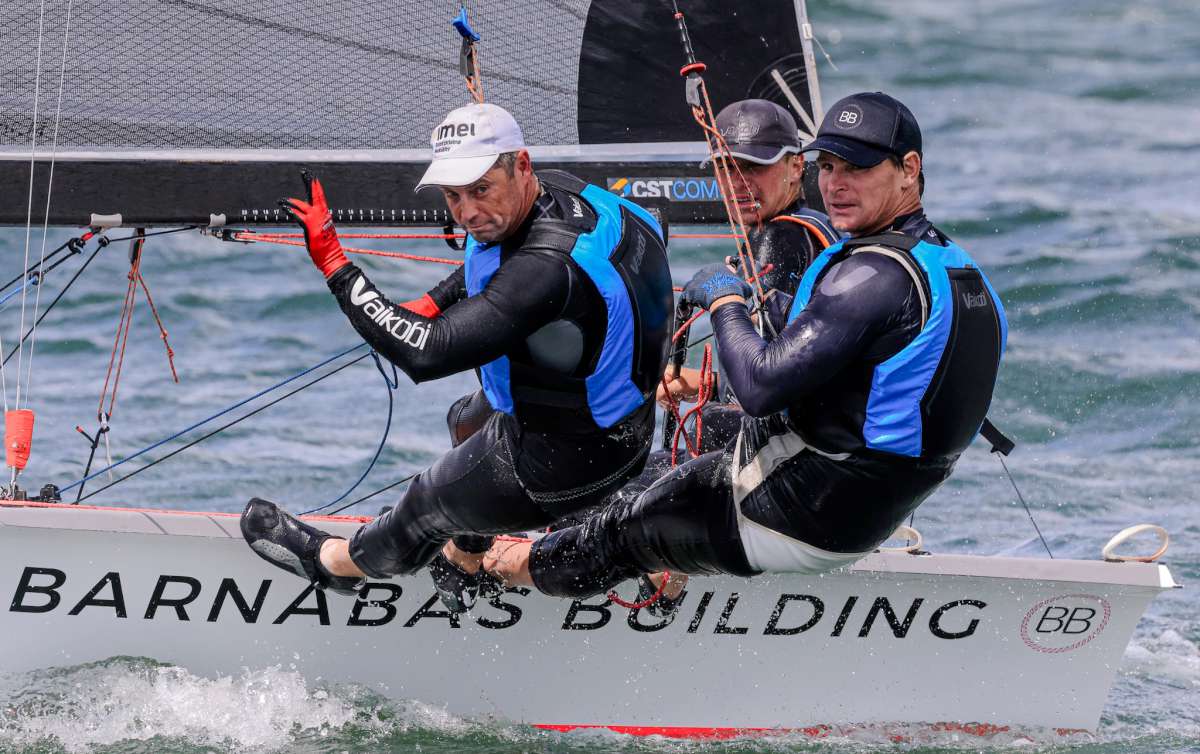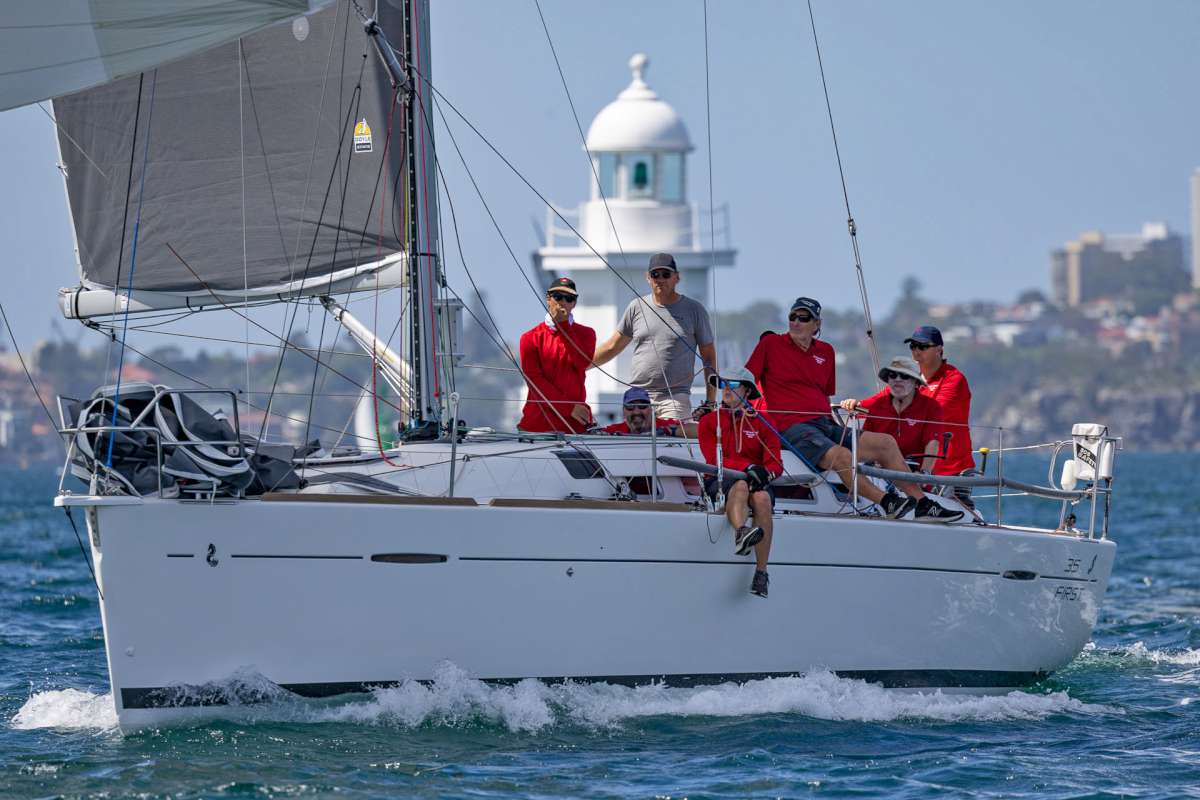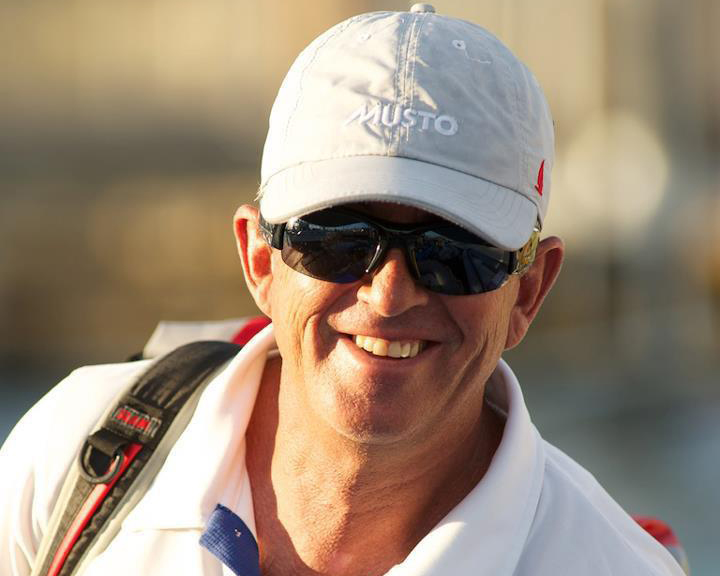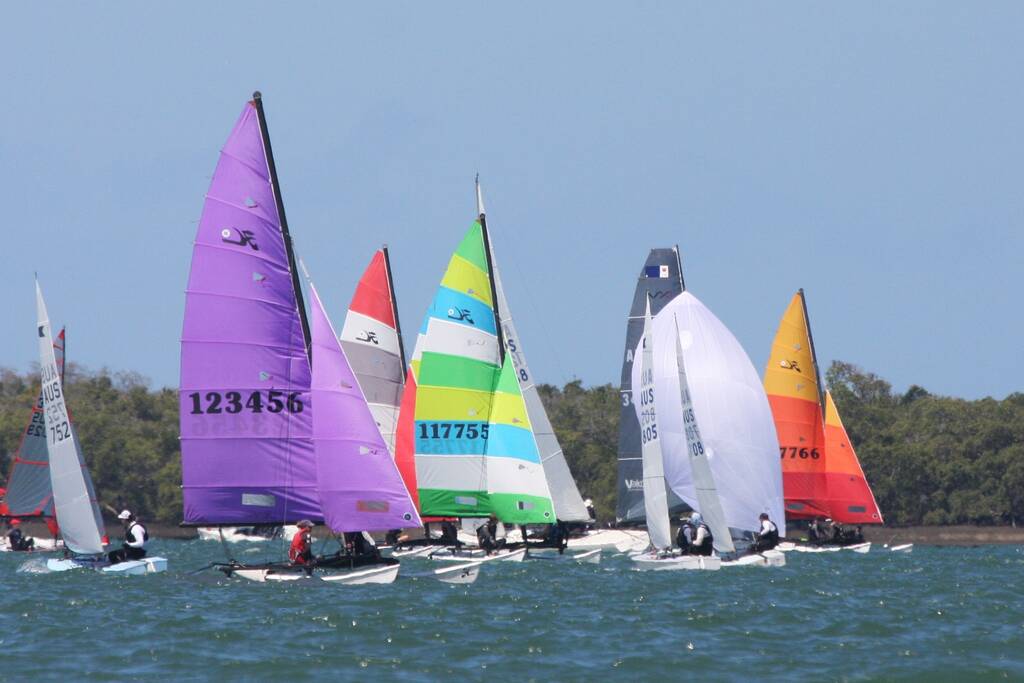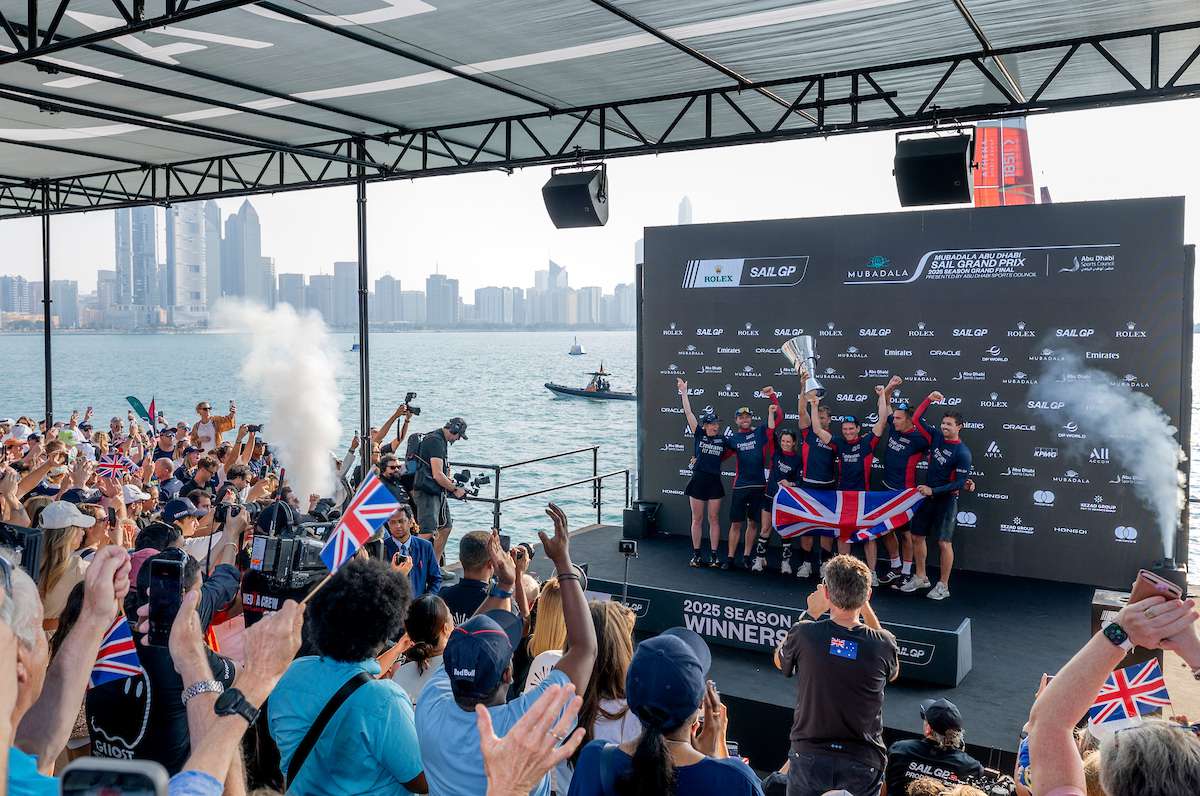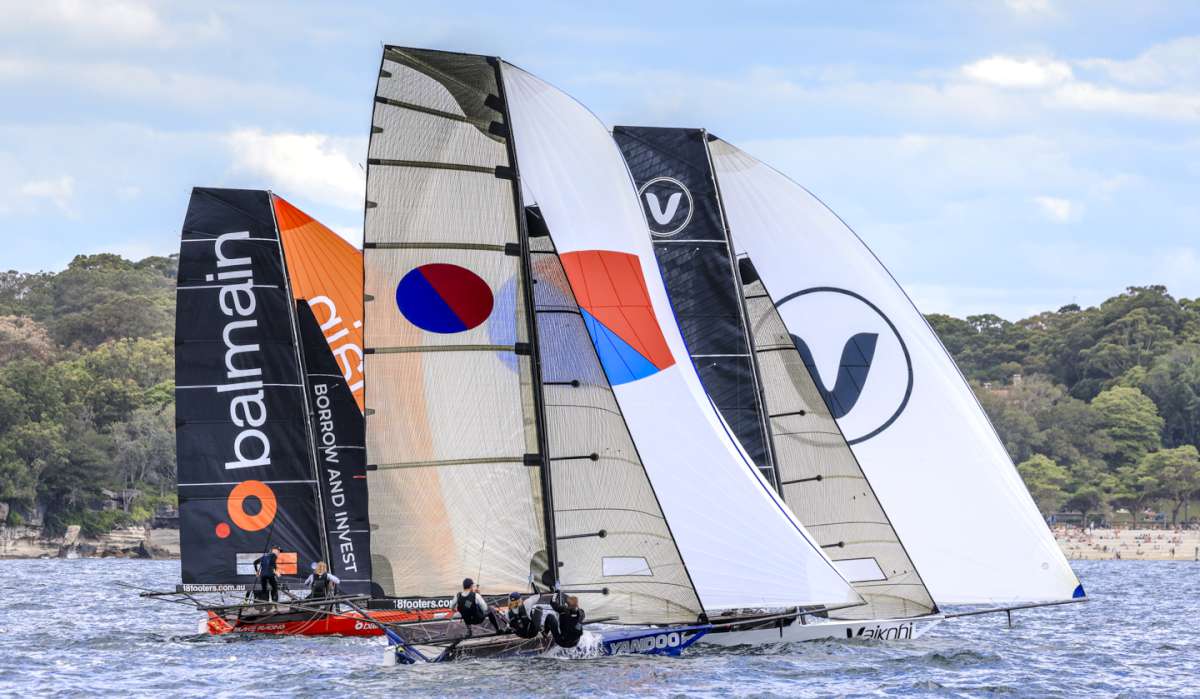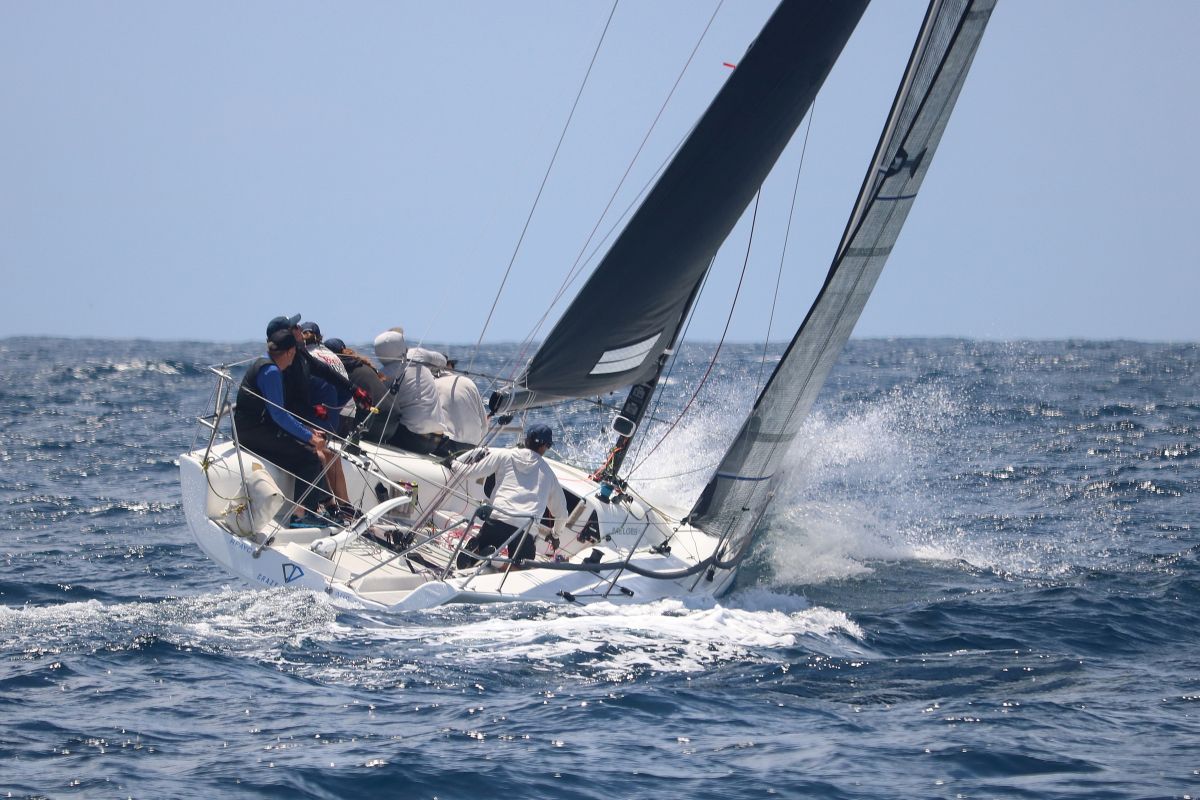Destination: Port Stephens
John Tylor profiles one of NSW's most popular destinations – Port Stephens, also the gateway to the Myall Lakes.
Port Stephens would have to rank high on anyone's list of favourite destinations and mine is no exception, even more so because it is an easy sail from Sydney.
Last October School holidays 2007, my wife Patsy, our friend Maria and yours truly took off for a lazy cruise up the coast, stopping at Broken Bay, Lake Macquarie and Newcastle on the way.
With 25-knot northwesterly winds we enjoyed perfect conditions – flat seas and a beam reach all the way.
With the windvane doing all the work we only had to keep watch and enjoy the wildlife. We saw dolphins, whales, literally thousands of sea birds, schools of fish, a turtle and, to our surprise, a solitary sea lion basking on the surface. Although the sea was relatively flat the wind kicked up enough of a wave to mask the sound of our approach so we had a good opportunity to witness this spectacular creature at close quarters before it dived.
Cone-shaped islands
From a few miles away the headlands of Port Stephens look like a row of cone-shaped islands. If it is possible to time your approach for the early morning, the light on these is truly amazing. As we approached, the land between the hills began to fill in and the scene took on the familiar landscape we remembered from our earlier visits here on our Noelex 25.
While there is not a bar as such, the entrance deserves respect – especially if there is an onshore wind against a run-out tide (this can run up to two knots). When approaching from the south, as we did on this occasion, the low Mount Stephens will come into view; this is joined to the mainland by a low sandspit. The lighthouse with the old ruined lighthouse keeper's cottages is located on Point Stephens at the seaward end of this peninsular. There are rocks that extend out east from here for roughly a quarter of a mile so give adequate room when rounding it. This is the time when some people have come to grief by assuming they are inside, especially when entering at night because residential lights and the glare of Nelson Head light which is visible over low land south of Toomeree Head can confuse a tired sailor. Steer no less than 335¡ true once clear of the rocks to avoid Toomeree Head, the real entrance.
Toomeree Head is the most northerly of four hills, which makes it easy to identify. There is deep water all through here.
Now, at this stage you have a choice. To enter port on the lead, continue north from Point Stephens until the light appears. This is a powerful sectored light on the southern end of Corrie Island bearing 293¡ true. It is obvious in the daytime and blindingly obvious at night. To avoid the Middle Ground sand bank turn to the southwest once you reach a line that extends from the northern headland (Yacaaba Head) to Nelson Head, where the red sector of Nelson Head light begins, then when close to Nelson Head turn and head west. Alternatively, come in close to Toomeree Head then west to Nelson Head across Shoal Bay.
While quite shallow we found an average depth of three metres all through here. There is a shallow patch just off the old mental hospital on Toomeree Head. Fly Roads between Point Stephens and Toomeree Head provides a secure anchorage on a sandy bottom in westerly winds. It is not ideal for southeasterly to northerly winds.
When coming down from the north the hills of Port Stephens will come into view as soon as you clear Sugarloaf Point and Seal Rocks. Being closer, Broughton Islands will also be obvious. Keep to the east of these because there are plenty of rocks and shoals between them and the mainland. Pass between Cabbage Tree and Boondelbah Islands then steer generally southwest until the lead light comes into view just south of Yacaaba Head. Once here proceed as above. Providence Bay north of Yacaaba Head can provide sheltered anchorage in west or south winds.
Inside
Once inside Port Stephens there are plenty of lights to show the way, but if this is the first time here, move around only during daylight, keeping a good lookout until you are familiar; there are many shallows.
Shoal Bay provides good shelter from southerlies but can roll a bit with easterly swells that will curl around the headland. Anchor off the shops in the middle of the bay near the moorings. Farther in to the west, Nelson Bay offers good anchoring with three courtesy moorings close to the beach (a limit of three days).
The marina also has free daytime berthing and limited overnight berthing on the public jetty. Check with the operators for availability and any restrictions. Fuel is also available here. This is the hub of Port Stephens with plenty of tourist activities, shops, clubs, tourist boats etc.
Moving west, the next marina along is the Anchorage on Corlette Point, now owned by Peppers. Getting there is easy if you follow the white back leads on Fly Point just to the east of Nelson Bay. They will take you past the shallow patch about a half a mile north of the marina entrance, there are green buoys marking this too. The last shallow to the NNW of Corlette Point is marked by a starboard buoy with deep water after this. Just past Corlette Point Salamander Bay opens to the south. There is good depth through here and good holding although (for Port Stephens) it is relatively deep. Salamander and Soldiers Point border this bay, which is protected for all winds except northerlies. The northern end of Soldiers Point has shops and, on the western tip, a marina and fuel.
The Narrow
by Middle (Boondaba) Island, which is safe to pass on either side before the bay broadens once again.
North Arm Cove and Fame Cove are located to the north. Both are attractive anchorages in the right conditions although you must approach the shoreline with caution as they shallow at the edges. The southeastern corner of North Arm Cove is less cluttered with houses at present. Fame Cove is exposed to westerlies.
To the south opposite Fame Cove is Cromarty Bay. Soldiers Point Marina is located between Dowardee Island and the northwestern tip of Soldiers Point. Safe entry is possible only from the north; there are several oyster beds, so keep a lookout. Cromarty Bay is a shallow stretch of water with limited shore access, but provides good holding and shelter in most winds except a northerly.
Farther to the west you will find Bulls Island and Lemon Tree Passage with its small shopping centre and marina. There is limited anchoring near the town and oyster leases occupy the edges here too. Do not try to enter via the northern channel; it is too shallow for a fixed keel. Keep to the east of Bulls Island and enter via Tilligerry Creek. Pass the southern tip of Bulls Island and pay attention to the west cardinal mark. At this stage, the port and starboard marks reverse as you are entering Lemon Tree Passage down stream; keep port markers to the right and stick to the centre of the channel near the moored boats, it is shallow.
Karuah
Farther west, two channels lead to Karuah, one to the north of Wirrung and Correebah islands and one south between Swan and Wirrung islands. Neither of these appears to be particularly well marked, so keep to the middle. While I have not taken my boat all the way to Karuah, the channels do appear to have enough depth (minimum charted depth 2.5m). Now bypassed by the upgraded highway, there are shops, club, fuel and most services available at the town. An overhead power line at 13m above HWS, and then immediately to the west the old Pacific Highway bridge (5.8m clearance), mark the end of the trip for cruising yachts.
Hawks Nest and Tea Gardens are twin towns that straddle the Myall River on the northeast side of Port Stephens. The approaches to these from the west and south of Corrie Island are shallow and the sandbanks constantly move, so plan to enter on a rising tide and follow the channel marks closely. Once in the river the Singing Bridge over the Myall River at Hawks Nest and Tea Gardens, with height of 10.6m, limits access for most cruising boats.
Both towns have a good range of services, shops, restaurants and fuel but anchoring is limited. It is possible to anchor downstream of the bridge on the western side near the sandy beach and dinghy ashore and walk to either Tea Gardens or Hawks Nest shops. The Myall Lakes system begins here, so if you have the ability to clear the bridge and have a reasonably shallow draught (less than 1.3m would avoid a significant amount of nervous tension), it would be worth stopping for a week or two. Even if you are constrained to the ocean side of the bridge take the dinghy for a run; there are many camping grounds available. There is a good road along the eastern side from Hawks Nest as far as the vehicle ferry at Legges Camp (now also called Myall Shores). A dirt road continues across onto Buladelah where you can choose to return directly to your starting point via the Pacific Highway or continue farther on to the Violet Hill camping ground. (Myall Lakes was last covered in CH in October 2004 ð send a SAE if you would like a photocopy).
Tides
Normally little water runs into this bay, so the whole area is tidal. Tides lag Sydney somewhat and the more you ascend the more the lag; at the entrance the lag is only five minutes but around Nelson Bay allow 30 minutes, 45 minutes at Salamander Bay, and past Soldiers Point and around Tea Gardens an hour and a quarter.
Islands
There are six islands off the entrance to Port Stephens. While some are little more than exposed rocks they play an important part in the ecology of the area. All islands are within the national park, with public access only allowed on Broughton Island. They are also within the habitat protection zone noted in the marine park draft zoning review, with Broughton, Little Broughton and Cabbage Tree Islands declared sanctuaries. Broughton Island has the added distinction of being an important grey nurse shark habitat. These magnificent creatures are quite timid and one of life's great experiences is to dive with them; see one of the local dive operators in Nelson Bay.
The Broughton Islands are eight miles to the northeast of Yacaaba Head. Approach is generally safe from the northeast through east to the southwest but avoid going between the islands and the mainland because this is hazardous. There is a popular anchorage on the northeast of Broughton Island off Provident Beach; keep a lookout for exposed rocks directly to the north and east. By staying close to the western shore of Broughton Island you can visit Coal Shaft Bay, which is sheltered from weather and swell from the east. There are rocks off both the northern and southern ends of the beach, so enter cautiously with a good lookout.
Esmeralda Cove on the southern shore has a deep channel right to its head, where there are moorings and a line of fishermen's huts on the western shore. There is little shelter from the south, but it can be comfortable with northerly conditions. If there is a southerly change (either wind or swell) be prepared to move at short notice; this could be challenging at night with rocks and shoals near the entrance.
Rest and explore
Whether you are passing or coming here as a destination in itself, it is a beautiful place to rest and explore. It is famous for its dolphin cruises, and has its own pod within the bay. In season whales pass by, there are water birds in the more sheltered waterways, many places to get off and walk and grey nurse sharks around the islands. And ð if your boat will fit under the Singing Bridge between Hawks Nest and Tea Gardens and your draught is not too much ð then the Myall Lakes are available too. There are charter cruises, yachts for hire and fishing trips to occupy your time here if you have left the yacht at home.
AUTHOR'S BIO.
John is a past commodore of the Coastal Cruising Club of Australia and lives in the Blue Mountains west of Sydney with his wife Patsy. He is a professional engineer and since being retrenched spends his time on a variety of projects, among them preparing the family cruising yacht for extended holidaying.
facts & further info
VMR
Coastal Patrol Port Stephens, VMR 217, is the first contact for boats travelling along this coast because they maintain 24/7 listening watch. They are perched on the top of Nelson Head at the inner lighthouse complex. They monitor all frequencies: 27.88, 27.91 MHz, VHF 16, 67, 73 and 80 repeater and MF/HF 2182, 2524.
Coastguard Port Stephens, VMR265, is located inside Port Stephens at Lemon Tree Passage and maintain a listening watch from 0600 to 1800 seven days a week. They monitor 27.88, 27.91 MHz, VHF 16, 67, 73 and 80 repeater and MF/HF 2182, 2524. Both these will give updated local conditions of bars.
Water police can be contacted on ph (02) 4984 9012
Marine park status
The NSW Government is proposing an extension to its marine park legislation. The major effort is to ban fishing in various areas in Port Stephens. Anchoring and normal boating activities will be permitted, but fishing, shell collecting and the use of jet-skis will be prohibited.
Where is it?
The entrance is 23nm north of Newcastle Harbour. Use chart AUS 809 to get there. AUS 209 shows detail of Port Stephens as far west as Wirrung Island and is essential.
Guide
Cruising the NSW Coast by Alan Lucas is also valuable.
Marinas
* Little Beach Marina, 4 Victoria Parade, Nelson Bay, ph (02) 4981 1492.
* d'Albora Marinas, Teramby Road, Nelson Bay, ph (02) 4984 1333.
* Anchorage Marina Port Stephens, Corlette Point Road, Corlette, ph (02) 4981 1388.
* Soldiers Point Marina, Sunset Boulevarde, Soldiers Point, ph (02) 4982 7445.
* Lemon Tree Passage Marina, 44 Cook Parade, Lemon Tree Passage, ph (02) 4982 5522.
* Cove Marine Pty Ltd, 60 Frederick Drive, Oyster Cove, southwestern Big Swan Bay, ph (02) 4982 4832.




